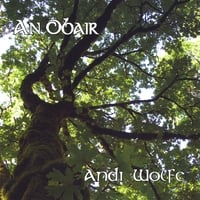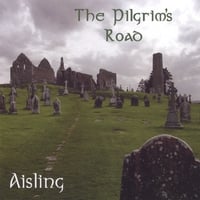Hey, so I finished catching up on the Hawaii, Australia, Hawaii sojourn. This post is about what I did last weekend (April 21 - 22), so I'm only a week behind now. That's an improvement, right?
Last weekend was pretty busy because Aisling, the Irish traditional music band I'm in, started our studio work for our new CD project (The Pilgrim's Road). You can follow our activities on our
band blog where I've been posting pictures. Steve and I also have been doing as much birding as my schedule allows, and last Friday evening and Sunday morning we spent some quality time together at Glacier Ridge Metro Park on the northwest side of the Columbus metropolitan area.

The lighting on Friday evening was a bit harsh at times with the sun sinking low in the western sky, but we had some lovely views of birds on the ponds. After seeing a Hawaiian Nene, our Canada Goose looks a bit plain. We have them by the thousands in our neck of the woods.

Speaking of woods, one never knows what one will find sometimes. This must have been a good truck for some family at one time in the past. It's slowly decaying in place, but adds a bit of character to the ambience of the woods.

Pretty soon all the leaves will be out on the trees and the understory will be overcast by shade, but it is good for birding during the early spring migration.

Saturday was our first recording session at Lone Raven studio. Check the
Aisling blog for more details. My recording area is a padded room.

I guess that suits me. I feel like I'm going crazy sometimes trying to fit all my activities into my schedule.

On Saturday afternoon we dropped Meghan off at her bass lesson and then went to the neighborhood where the Yellow-crowned Night herons are nesting. There are two active nests in a very large sycamore tree. Here's the pair on one of the nests.

Steve and I got up very early on Sunday morning to drive out to Glacier Ridge Metro Park. I saw a couple of new birds for my list, including the Field Sparrow, shown here singing its heart out.

The wood ducks are now nesting in boxes. I'm sure they're also finding some good trees to nest in by now. Did you know that a day after the ducklings hatch they jump out of the nest to the ground? Sometimes the nest is 50 or more feet in the air. That's kind of a harsh introduction into this world, I think. These nest boxes are fewer than 10 feet off the ground.

Tree Swallows and an American Robin.

A male Eastern Bluebird. In breeding season, their plumage is absolutely stunning.

The females aren't quite as irridescent.

These nesting boxes were put out for the bluebirds, but the tree swallows find them irresistable. You usually see the blue birds and swallows fighting over territory.

Here's a better view of the Field Sparrow.

A female Red-winged blackbird. They sure do look different than the males, and I usually have to think for a second to figure out what I'm looking at when I spot one.

Lesser Yellowlegs.

I followed it with my camera as it took off in flight.

Eastern Meadowlark. They have a beautiful song and are also beautiful in their bright yellow plumage.






























































